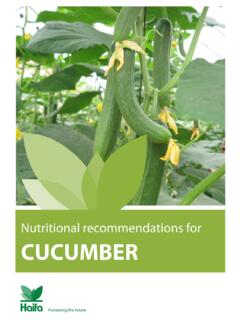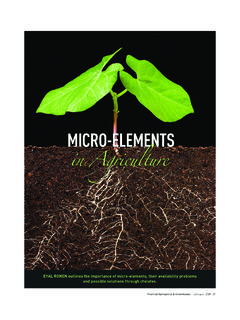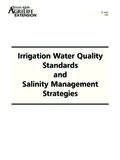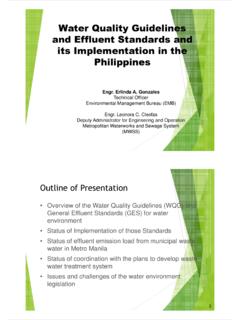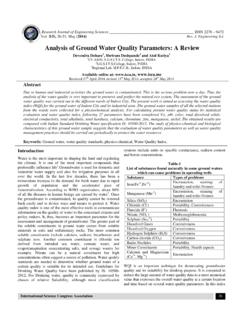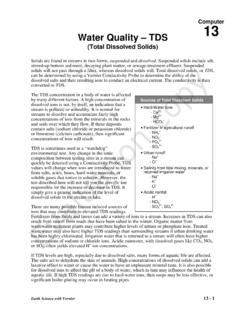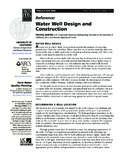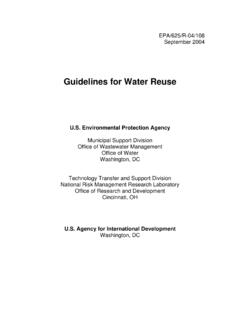Transcription of Nutritional recommendations for - Haifa-Group
1 1. Nutritional recommendations for TOMATO. in open-field, tunnels and greenhouse Botanical name: Lycopersicon esculentum Mill. Synonyms: tomate; pomodoro Contents: 1. About the 3. Growth patterns .. 3. Growth stages .. 4. Fruit development .. 4. Crop uses .. 5. 2. Growing conditions .. 5. Growing 5. Soil 5. 5. Irrigation .. 5. Specific sensitivities of the tomato 6. 3. Plant nutrition .. 8. Dynamics of Nutritional 8. Main functions of plant Nutrients deficiency symptoms ..14. Leaf analysis Overall Nutritional requirements ..23. 4. Fertilization 24. Soil-grown Haifa NutriNet web software for Nutigation programs ..24. a) b) Nutrigation (fertigation)..25. Poly-Feed water -soluble NPK fertilizers ..27. Multicote Agri controlled release fertilizer ..27. Foliar Soilless-grown Straight fertilizers ..29. Poly-Feed water soluble NPK fertilizers.
2 34. Appendix I: Nutrigation (fertigation) .. 35. Appendix II: Plant analysis guide .. 36. Appendix III: Haifa specialty 37. Appendix IV: Conversion tables .. 40. 2. 1. About the crop Growth patterns Tomato cultivars may be classified into three groups by their growth patterns, which are recognized by the arrangement and the frequency of leaves and the inflorescence on the stem. a) Indeterminate growth the main and side stems continue their growth in a continuous pattern. The number of leaves between inflorescence is more or less constant, starting from a specific flowering set (Fig. 1a). Cultivars of indeterminate growth are usually grown as greenhouse or staked tomatoes. b) Determinate growth the main and side stems stop growth after a specific number of inflorescences that varies with the specific cultivar (Fig.
3 1b). Processing tomatoes are often belong to determinate cultivars. c) Semi-determinate growth - branches stop growth with an inflorescence, but this usually occurs at an advanced growth stage. Cultivars of this group are usually grown as out-door, non-staked tomatoes. Table 1: Number of leaves between inflorescence in different growth patterns No. of leaves before inflorescence Indeterminate Determinate 1st inflorescence 6-14 4-6. 2nd inflorescence 5-7 2-3. 3rd and further inflorescences 3-5 0-1. Figure 1a: Indeterminate type of Figure 1b: Determinate type of tomato tomato growth growth 3. Growth stages Growth stages of plants, in very general terms, can be split into four periods: Establishment from planting or seeding during vegetative growth until first flower appears. From first flowering to first fruit set From fruit ripening to first harvest From first harvest to the end of last harvest.
4 These growth periods also represent different Nutritional needs of the plant (see section ). The duration of each stage may vary according to growing method, variety characteristics and climatic conditions (Table 2). Table 2: A typical example of a growth cycle in central Israel by growth stages Variety VF121. Growing method Greenhouse Number days to first flowering 30. Number days to first harvesting 65. Growth stage Stage duration (days) Crop age (days). Planting 1 1. Vegetative 14 15. First flowering 15 30. First fruit set 10 40. Fruit growth 20 60. Starting harvest - until end of last 21-145 81-210. harvest Fruit development After fruit setting, fruit ripens over a period of 45 - 70 days, depending upon the cultivar, climate and growth conditions. The fruit continues growing until the stage of green ripeness.
5 Three fruit developmental stages are noted. Ripening occurs as the fruit changes color from light green to off-white, pink, red, and finally dark red or orange. Depending on the distance and time to market, harvest may occur anytime between the pink to dark red stage, the later stages producing more flavorful fruit. Table 3: Stages of fruit ripening Stage Description Breaker Red stains appear on fruit skin Pink Tomato turns pink, not yet ready for consumption Red The tomato is red and completely ripe for consumption 4. Crop uses Tomatoes are consumed fresh, and are being processed to pickles, sauce, juice and concentrated pastes. 2. Growing conditions Growing methods Soil or soilless, protected crop (greenhouse or high plastic tunnel) or open field. Soil type Tomatoes can be grown on soils with a wide range of textures, from light, sandy soils to heavy, clay soils.
6 Sandy soils are preferable if early harvest is desired. Favorable pH level: At higher or lower pH levels micronutrients become less available for plant uptake. Climate Temperature is the primary factor influencing all stages of development of the plant: vegetative growth, flowering, fruit setting and fruit ripening. Growth requires temperatures between 10 C and 30 C. Table 4: Temperature requirements during different growth stages: Growth stage Temperature (0C). Minimum Maximum Optimal Germination 11 34 16-29. Vegetative growth 18 32 21-24. Fruit setting (night / day) 10 / 18 20 / 30 13-18 / 19-24. Formation of lycopene 10 30 21-24. Formation of carotene 10 40 21-32. Light intensity is one of the major factors affecting the amounts of sugars produced in leaves during the photosynthesis, and this, in turn, affects the number of fruits that the plant can support, and the total yield.
7 Irrigation Tomato plants are fairly resistant to moderate drought. However, proper management is essential to assure high yield and quality . The water requirement of outdoor grown tomatoes varies between 4000 - 6000 m /ha. In greenhouses up to 10,000 m 3/ha of water are required. 70% or more of the root system are in the upper 20 cm of the soil. Therefore, a drip system equipped with a fertigation device is advisable. On light soils or when saline water is used, it is necessary to increase water quantities by 20% - 30%. water requirements will differ at various growth stages. The requirement increases from germination until beginning of fruit setting, reaching a peak during fruit development and then decreasing during ripening. 5. Mild water stress during fruit development and ripening has a positive effect on fruit quality : firmness, taste and shelf-life quality , but may result in smaller fruit.
8 Late irrigation, close to harvesting, may impair quality and induce rotting. water shortage will lead to reduced growth in general and reduced uptake of calcium in particular. Calcium deficiency causes Blossom End Rot (BER) (see page 15). On the other hand, excessive irrigation will create anaerobic soil conditions and consequently cause root death, delayed flowering and fruit disorders. water quality : Tomatoes tolerate brackish water up to conductivity of about 2-3 mmho/cm. Acidic (low pH) irrigation water is undesirable, as it might lead to the dissolution of toxic elements in the soil ( Al 3+). Specific sensitivities of the tomato plant Sensitivity to soil-borne diseases Tomatoes are prone to soil-borne diseases caused by fungi, viruses or bacteria. Therefore it is recommended to avoid growing tomatoes on plots that used for other sensitive crops (peppers, eggplants, Irish potatoes, sweet potatoes, cotton, soybeans and others) on recent years.
9 A regime of 3-year rotation between small grains and tomatoes is recommended. Sensitivity to salinity Under saline conditions, sodium cations compete with the potassium cations for the roots uptake sites, and chloride competes for the uptake of nitrate-nitrogen and will impede plant development ( ) and reduce yield. Figure 2: Inverse relationship between top dry weight and concentration of plant tissue chloride . the higher the chloride in the plant composition, the lower its dry weight. 22. Top dry weight (g). 20. 18. 16. 14. 12. 10. 8. 0 20 40 60 80 100. Cl (mg/g). 6. Salinity will result in a potassium deficiency in the tomato plants, leading to a low fruit number per plant. Corrective measures under such conditions must include the following steps: Abundant application of potassium, as this specific cation can successfully compete with the sodium, and considerably reduce its uptake and the resulting negative effects.
10 (Fig. 3). Abundant application of nitrate, as this specific anion successfully competes with chloride, and markedly reduces its uptake and adverse effects. Also, calcium helps suppressing the uptake of sodium. When sufficient calcium is available, the roots prefer uptake of potassium to sodium, and sodium uptake will be suppressed. Figure 3: Multi-K potassium nitrate reverses the adverse effects of salinity in greenhouse tomatoes (Source: Satti et Al. 1994). Yield 400. (ton/ha) Salinized 350. Salinized + Multi-K. 300. 250. 200. 150. 100. 50. 0. Montecarlo Pearson Salination of the nutrient solution markedly decreased dry weight of the plant, fruit size and plant height. The addition of 4 or 8 mM Multi-K potassium nitrate to the salinized nutrient solution markedly increased EC values of the nutrient solution but reversed the said adverse effects caused by the NaCl.



